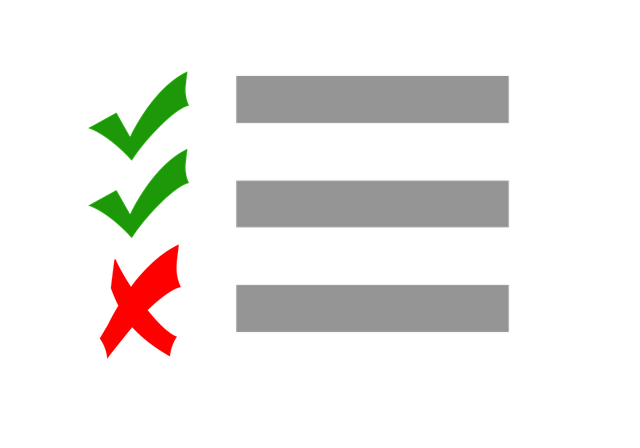LITA’s Patron Privacy Interest Group has partnered with the ALA IFC’s Privacy Subcommittee to create new checklists to support library patron privacy policies. The checklists cover: data exchange between networked devices and services e-book lending and digital content vendors library management systems/integrated library systems library websites, OPACs, and discovery services public access computers and networks students in K-12 schools. Read the complete announcement at: http://www.ala.org/news/member-news/2017/02/lita-offers-patron-privacy-checklists-support-library-bill-rights Find the Checklists at: http://www.ala.org/lita/advocacy Thank you to Sarah Houghton and Mike Robinson for leading this effort.
New Checklists to Support Library Patron Privacy
